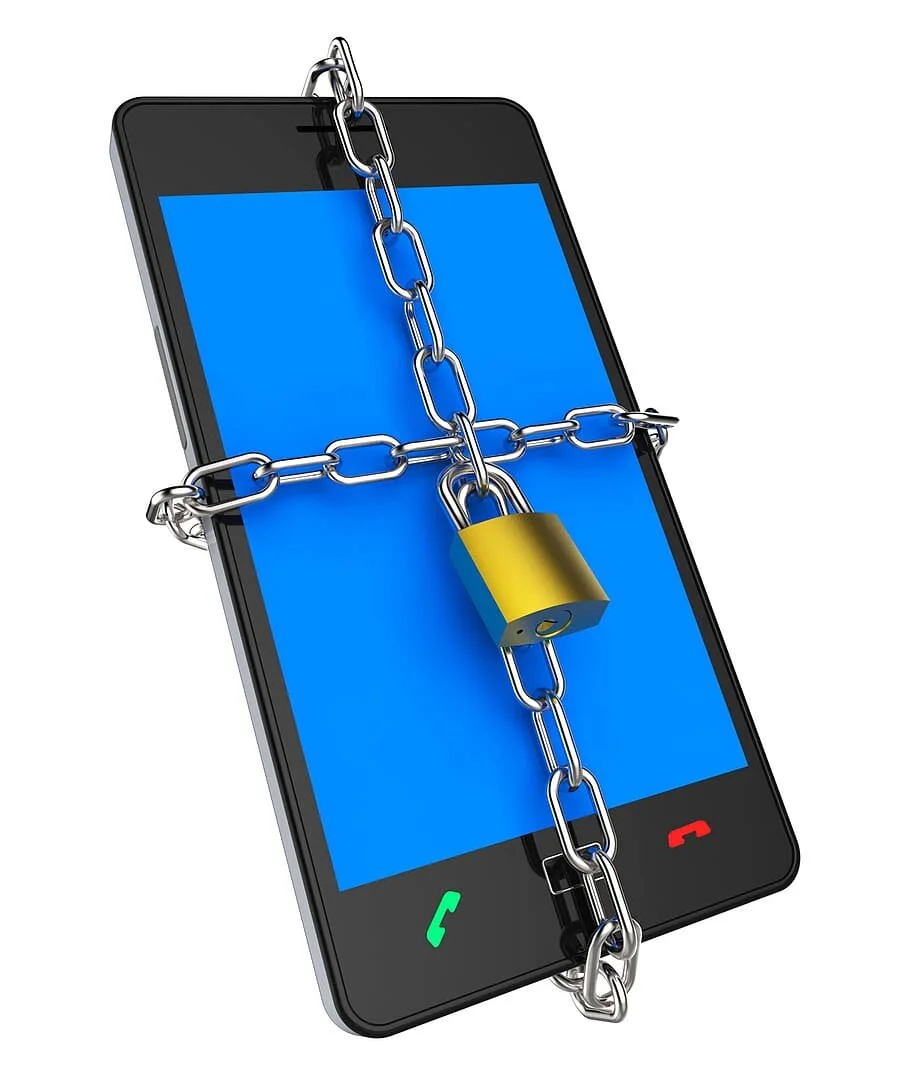Many of you may have seen the recent New York Times article addressing cell phone location privacy, "Twelve Million Phones, One Dataset, Zero Privacy" by Charlie Warzel and Stuart A. Thompson. The article has helped to crystallize the new reality of cell phone location tracking, and as a result, has garnered a huge amount of attention. Most of us have been aware of the fact that our cell phones use our locations to provide us with a myriad of services, from directions to dinner with friends, to being able to check movie showtimes in our area. The flip side of these conveniences is that we agree to give up a bit of our privacy to the app developers upon whose creations we rely.
So, what happens when apps track our location? They end up sending the data to app developers who may then send the data to companies who specialize in making sense of this data. They can use your location to correlate advertising to purchases; even advertising that you encounter in your environment rather than on your cell phone, such as a billboard. This information is invaluable to advertisers. Location data can also be used for other reasons that may be beneficial to society, as opposed to marketers. Raw location data can be used for transportation studies, or by government planners. Unicef has even announced a plan to use location data to study epidemics, natural disasters, and demographics-valuable information that could someday help save lives.
To some, this all comes at the cost of a reasonable expectation of privacy. The location data collected on individuals is usually enough to identify a person. Even though your name and contact information is not linked to your location data, how many other people routinely travel between your home, your workplace, and any other specific places you typically spend time? The New York Times article drives home the point that these companies do not need your personal contact information in order to violate your privacy; your location data is like your own unique location-based fingerprint. It is inherently personal information, and most of us have been sharing it without any awareness of what it is being used for, or how much our privacy has been compromised as a result of sharing this data.
The over-arching concern voiced within "Twelve Million Phones, One Dataset, Zero Privacy" is that there is no governmental regulation concerning what data can be collected, who has access to it, and what this data is being used for. The industry is self-regulated, but we all know what the result of asking an industry to self-regulate a highly lucrative commodity is: greed will come ahead of consumer's best interests.
So, what does this information mean to you? The New York Times piece conveys accurate information, but it is likely a bit more concerned about the consequences than the everyday consumer should be. Sure, there are individuals whose circumstances mean they should exercise extra caution (victims of abuse who cannot risk their location being found by an abuser, for instance, or high-profile celebrities and politicians whose individual comings and goings could be used against them). But for most of us, the takeaway is simply to be more aware of which apps you are sharing your location with. You can update your app settings to make sure that only apps that need your location have access to it, and thereby limit the number of eyes on your personal data.
The information in the New York Times article shouldn't make you frightened. Instead, it is meant to highlight a function of your cell phone that you may not have been aware of. For many of us, the tradeoff is worthwhile; in exchange for very valuable data, we are granted access to the small miracles housed within our cell phone's myriad apps and functions.

